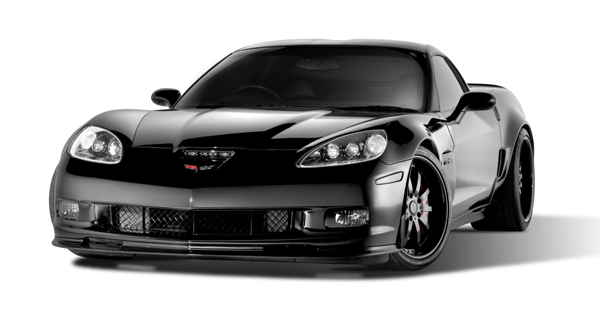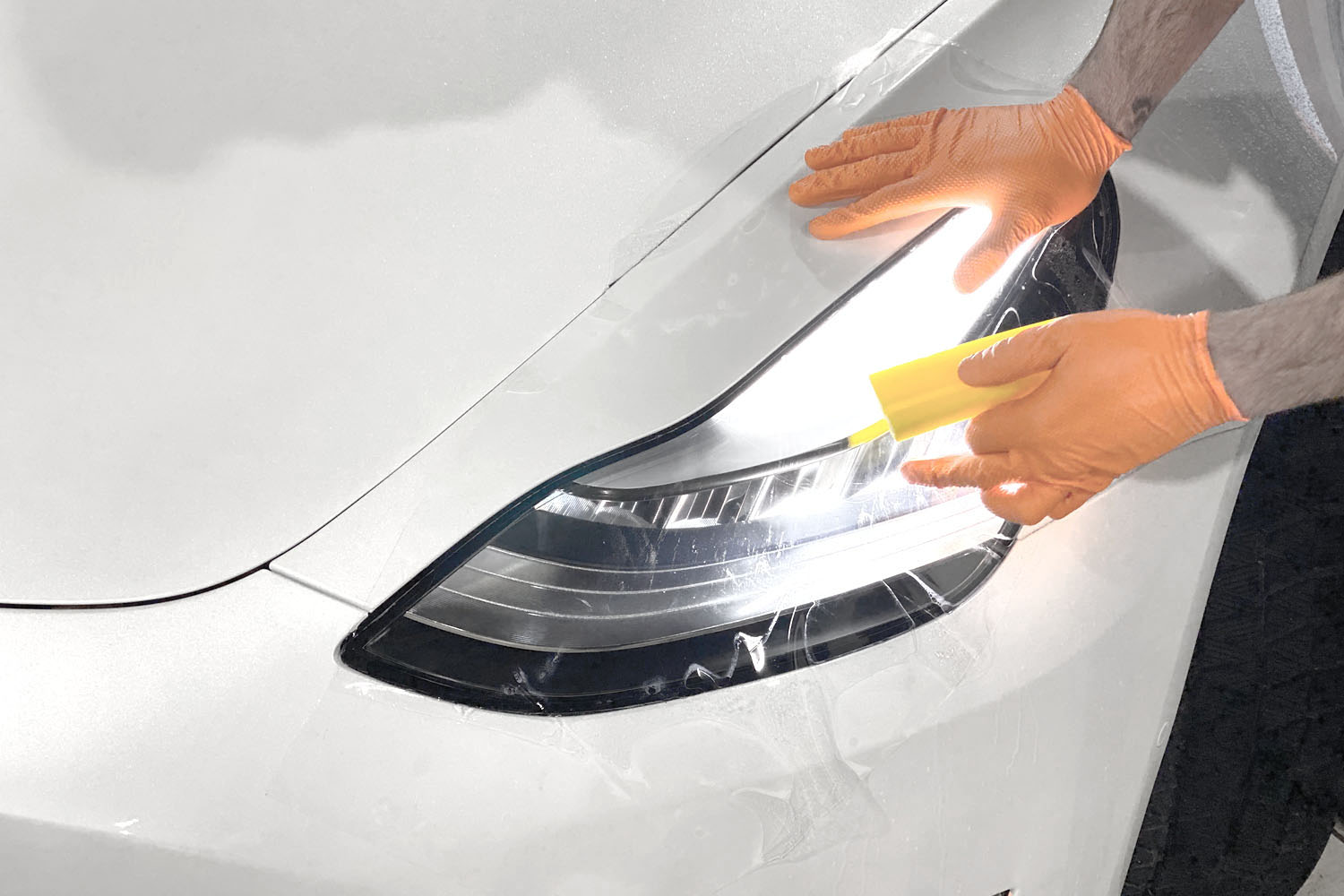Recognizing the Kinds Of Paint Defense Film and Their One-of-a-kind Benefits
Comprehending the types of paint protection movie (PPF) is necessary for vehicle proprietors. Each type supplies distinctive benefits customized to different needs and preferences. Clear PPF gives an undetectable guard, while matte alternatives maintain a non-reflective surface area. Self-healing movies bring sophisticated modern technology to the table. The choice in between pre-cut and bulk movies further makes complex decisions. What elements should one think about when choosing the suitable PPF for their automobile?

What Is Paint Protection Movie (PPF)?
Repaint security film (PPF) functions as a clear shield for lorry surface areas, securing against scratches, chips, and ecological contaminants. This innovative material is made to stick firmly to a car's exterior, offering a layer of defense that protects the vehicle's finish. Manufactured from sturdy thermoplastic urethane, PPF is engineered to take in effects and resist abrasion, guaranteeing the underlying paint continues to be intact.PPF is especially useful for high-traffic areas of the vehicle, such as the front bumper, hood, and side mirrors, where damage is more than likely to happen. Its self-healing properties enable minor scratches to vanish when revealed to warmth, preserving a pristine appearance. Furthermore, PPF is resistant to fading and yellowing, ensuring long-lasting clarity. With various densities and surfaces readily available, PPF not just enhances longevity yet additionally matches the vehicle's visual charm, making it a vital financial investment for auto enthusiasts and routine drivers alike.
Clear Paint Defense Movie
Clear paint protection film (PPF) is a preferred selection amongst vehicle owners seeking to maintain the appearance of their vehicles while supplying essential security. This transparent layer is made to shield the lorry's paint from scrapes, chips, and environmental pollutants. Made from long lasting thermoplastic urethane, clear PPF is understood for its self-healing buildings, permitting minor scratches to disappear with warmth exposure.Additionally, it is resistant to UV rays, protecting against paint fading in time. Clear PPF can be related to details locations or the whole lorry, using versatility depending upon the owner's needs. The setup procedure generally requires expert expertise to assure a smooth application that protects the vehicle's aesthetic appeal.Moreover, clear paint protection film is practically invisible, permitting the initial paint color and finish to radiate through, making it an ideal alternative for those who focus on both protection and aesthetic integrity.
Matte Paint Defense Movie

Self-Healing Paint Protection Film
Self-healing paint protection film uses a special device that allows small scratches and flaws to heal themselves with time. This technology uses significant benefits for lorry owners, including enhanced resilience and visual conservation. Furthermore, recognizing the setup and upkeep tips for this film can maximize its efficiency and longevity.
Device of Self-Healing
Innovative modern technology drives the efficiency of self-healing paint security films, allowing them to properly fix minor scrapes and flaws. These films make use of polymer chemistry, specifically polycarbonate polyurethane, which has unique elastic buildings (Paint Protection Film Centennial). When a scratch takes place, the warm from the environment or the lorry's surface area can trigger the polymer chains to reposition, enabling the broken area to go back to its initial state. This self-healing device is activated by temperature, as warmer problems improve the product's fluidity, helping with the recovery procedure. In addition, some films may incorporate additives that even more boost the self-healing capabilities. The result is a sturdy protective layer that maintains a vehicle's aesthetic appeal while making certain long-lasting defense against ecological dangers
Benefits for Car Owners
The benefits of self-healing paint security movies are particularly considerable for lorry owners looking for to protect their car's appearance and worth. These films provide a robust barrier against scratches, chips, and various other small damage that can take place during day-to-day use. When subjected to warmth or sunshine, the film's self-healing properties enable it to recoup from surface area blemishes, preserving a perfect surface. This feature not only improves the car's visual appeal however likewise adds to greater resale value, as a well-kept exterior is attractive to prospective customers. In addition, self-healing movies click here are immune to fading and yellowing, making sure long-lasting security. In general, incorporating self-healing paint security movie is an aggressive financial investment for automobile owners intending to secure their vehicle investment.
Installation and Maintenance Tips
Correct setup and maintenance of self-healing paint security movie are important for optimizing its benefits and long life. To accomplish suitable results, it is a good idea to have the movie mounted by an expert with experience in this particular kind of item. They will certainly assure appropriate positioning and adhesion, minimizing the risk of bubbles or lifting edges - Paint Protection Film Centennial. After setup, routine maintenance is considerable; mild cleaning with a pH-balanced soap and a soft microfiber fabric aids preserve clarity and stop damages. Additionally, avoiding harsh chemicals and automated cars and truck laundries can extend the movie's efficiency. In case of small scrapes, the self-healing residential properties can be triggered by direct exposure to warmth, such as sunlight, allowing the movie to recover its initial appearance effortlessly
Pre-Cut vs. Mass Paint Defense Film
While both pre-cut and bulk paint security films offer the same function of safeguarding an automobile's outside, they vary substantially in application and benefit. Pre-cut films are made especially for a series of car models, supplying exact suitable for various areas, such as hoods, bumpers, and mirrors. This customized technique streamlines installment, as users can easily use the film without extensive measuring or cutting, making it a preferred choice for those looking for a effective and fast solution.In contrast, mass paint security movie comes in big rolls, allowing for more customization in coverage. This alternative is excellent for specialist installers who can craft distinct shapes and dimensions to cover larger locations or certain contours. Bulk movie needs even more skill and time to mount appropriately, making it less ideal for DIY enthusiasts. Inevitably, the choice between bulk and pre-cut film depends upon specific preferences and installment competence.
Thickness and Sturdiness Considerations
When reviewing paint defense films, thickness plays an essential function in identifying both longevity and performance. Thicker movies frequently offer enhanced longevity against scrapes and environmental factors, thus expanding their life-span. Comprehending these qualities can help customers make notified choices regarding the best movie for their needs.
Film Thickness Impact
The density of paint security film considerably influences its sturdiness and effectiveness. Thicker films usually offer improved resistance to abrasions, impacts, and ecological aspects, making them preferable for high-wear locations of lorries. On the other hand, thinner movies may use enhanced flexibility and ease of installment, but they might jeopardize on security degrees. This balance between density and efficiency is vital; a thicker movie can withstand harsher conditions while possibly being extra difficult to use seamlessly. Additionally, the selection of thickness effects the movie's self-healing residential properties, with some thicker versions showing superior recovery from small scratches. Ultimately, choosing the ideal thickness depends upon the particular application and the level of protection preferred.
Long life and Efficiency
Longevity is an essential aspect in the longevity and performance of paint defense films. The density of the film plays a substantial function in its overall strength against environmental risks, such as scrapes, UV exposure, and chemical damage. Thicker movies typically provide boosted defense, prolonging their lifespan and keeping the lorry's visual allure. The quality of the materials made use of additionally affects toughness; state-of-the-art polyurethane or polycarbonate urethane movies usually offer premium efficiency compared to lower-grade alternatives. Additionally, specific formulations can boost self-healing residential or commercial properties, allowing minor abrasions to heal gradually. Eventually, choosing a paint defense film includes stabilizing thickness, worldly quality, and specific application needs to guarantee optimum long life and performance for vehicle security.
Setup Techniques for Paint Security Film
Various installment methods exist for using paint protection movie, each offering unique advantages suited to different needs. One of the most common method is the pre-cut movie approach, where themes are designed especially for vehicle designs, ensuring a specific fit. This method simplifies installation and decreases errors, interesting both DIY lovers and professionals.Another technique is the bulk movie application, which entails cutting and suitable the movie on-site. This permits better flexibility in insurance coverage, suiting custom-made sizes and shapes. However, it requires a lot more ability and experience to achieve a seamless finish.Additionally, some installers utilize a wet application method, where a solution is sprayed externally to help with placing prior to the movie sticks. This technique can aid reduce air bubbles and wrinkles. Eventually, the option of installation approach ought to align with the customer's skill level and the particular requirements of the lorry.
Regularly Asked Inquiries
How Much Does Paint Security Movie Generally Cost?
The cost of paint protection movie usually varies from $500 to $2,000, relying on factors such as the vehicle's size, the high quality of the movie, and the intricacy of the setup procedure.
Can Paint Security Film Be Removed Easily?
The simplicity of removing paint security film varies by kind and setup. Typically, professional-grade films can be gotten rid of without harming the underlying paint, however improper removal methods may trigger concerns, requiring careful handling and know-how.

Does Paint Security Film Affect Automobile Resale Value?
The effect of paint defense movie on car resale value differs. Numerous potential customers appreciate a well-preserved outside, which can improve regarded value. Preferences differ, and some might favor a vehicle without any kind of movie.
The Length Of Time Does Paint Protection Film Last?
The long life of paint protection film typically ranges from 5 to 10 years, relying on variables such as ecological conditions, maintenance, and the high quality of the film. Routine treatment can expand its effectiveness and look.
Is Paint Protection Movie Safe for All Automobile Surfaces?
The question of paint defense film's safety for all automobile surface areas develops frequently. Generally, it is suitable with many surface areas, though particular products may call for care; consulting a professional can assure suitable application and defense. Paint defense movie (PPF) offers as a transparent guard for vehicle surface areas, safeguarding versus scrapes, chips, and ecological contaminants. Clear paint protection movie (PPF) is a prominent option amongst vehicle owners seeking to preserve the look of their autos while offering necessary protection. Matte paint protection movie (PPF) provides an one-of-a-kind remedy for car proprietors that want a distinctive surface while guarding their cars and truck's surface area. The advantages of self-healing paint security films are especially considerable for automobile owners looking for to preserve their car's appearance and worth. The longevity of paint defense movie generally ranges from 5 to ten years, depending on aspects such as environmental conditions, upkeep, and the quality of the film.